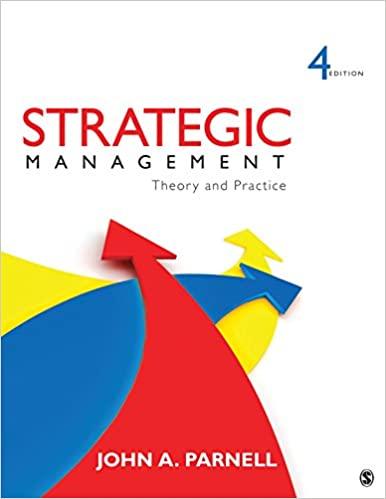The first Price Club Warehouse was opened in San Diego in 1975 by Sol Price, Robert Price
Question:
The first Price Club Warehouse was opened in San Diego in 1975 by Sol Price, Robert Price
(Sol’s son), Rick Libenson, and Giles Bateman. The firm originally sought to sell merchandise in volume at deep discounts only to small businesses but later expanded the concept to include government, utility, and hospital employees. By 1980, the company had four stores in Arizona and California and went public.
During the 1980s, the company expanded to the eastern United States and Canada. In 1988, Price Club acquired grocery distributor A. M. Lewis and launched Price Club Furnishings. In the early 1990s, however, competition intensified from Sam’s Club and Pace. In 1992 and 1993, Price Club’s joint venture with retailer Controladora Comercial Mexicana led to the opening of two Price Clubs in Mexico City.
Later in 1993, Price Club merged with Costco Wholesale. During the 1990s, the firm expanded its international interest, launching outlets in Great Britain, Japan, and South Korea.
Price Club changed its corporate name to Costco Companies in 1997 and again to Costco Wholesale in 1999.
Costco is the largest wholesale club operator in the United States, operating about 600 membership warehouses—each amassing about $150 million in sales—and serving about 65 million members. Most of its outlets are located in the United States and Canada, but additional stores can be found in Mexico, Japan, Australia, South Korea, Taiwan, Puerto Rico, and the United Kingdom. Membership costs about $50 per year and is available to businesses and individuals.
Costco’s business model emphasizes rock bottom prices on a limited selection of mostly brand-name products in a wide range of merchandise categories. A typical outlet carries about 4,000 products ranging from alcoholic beverages and appliances to fresh food, pharmaceuticals, and tires. Costco also offers its members insurance, financial, and travel services. Its subsidiary, Costco Wholesale Industries, operates manufacturing business in food packaging, meat processing, and jewelry to support retail efforts.
Much of Costco’s success can be attributed to its ability to minimize costs by negotiating fiercely with suppliers. The company never requires its members to pay more than 14% above the firm’s cost for goods.
Jim Sinegal stepped down as CEO in 2012 and was succeeded by chief operating officer
(COO) Craig Jelinek.
Case Challenges
1. What are the strategic limitations faced by membership clubs?
2. Does Costco compete with nonmembership retailers such as Wal-Mart and Target? Why or why not?
3. How does Costco’s business model differ from that of traditional discount retailers?
Is this model likely to be more successful in the coming years?
4. Can Costco compete successfully on a large scale outside of the United States and Canada? Why or why not?
Step by Step Answer:






